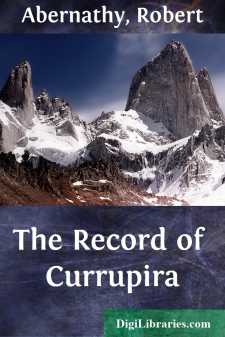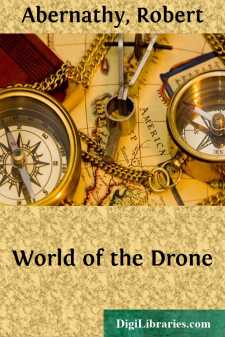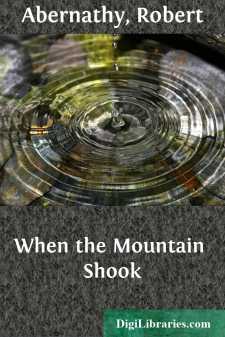Categories
- Antiques & Collectibles 13
- Architecture 36
- Art 48
- Bibles 22
- Biography & Autobiography 813
- Body, Mind & Spirit 142
- Business & Economics 28
- Children's Books 17
- Children's Fiction 14
- Computers 4
- Cooking 94
- Crafts & Hobbies 4
- Drama 346
- Education 46
- Family & Relationships 57
- Fiction 11829
- Games 19
- Gardening 17
- Health & Fitness 34
- History 1377
- House & Home 1
- Humor 147
- Juvenile Fiction 1873
- Juvenile Nonfiction 202
- Language Arts & Disciplines 88
- Law 16
- Literary Collections 686
- Literary Criticism 179
- Mathematics 13
- Medical 41
- Music 40
- Nature 179
- Non-Classifiable 1768
- Performing Arts 7
- Periodicals 1453
- Philosophy 64
- Photography 2
- Poetry 896
- Political Science 203
- Psychology 42
- Reference 154
- Religion 513
- Science 126
- Self-Help 84
- Social Science 81
- Sports & Recreation 34
- Study Aids 3
- Technology & Engineering 59
- Transportation 23
- Travel 463
- True Crime 29
The Record of Currupira
by: Robert Abernathy
Description:
Excerpt
James Dalton strode briskly through the main exhibit room of New York’s Martian Museum, hardly glancing to right or left though many displays had been added since his last visit. The rockets were coming home regularly now and their most valuable cargoes—at least from a scientist’s point of view—were the relics of an alien civilization brought to light by the archeologists excavating the great dead cities.
One new exhibit did catch Dalton’s eye. He paused to read the label with interest—
MAN FROM MARS:
The body here preserved was found December 12, 2001, by an exploring party from the spaceship NEVADA, in the Martian city which we designate E-3. It rested in a case much like this, in a building that had evidently been the municipal museum. Around it, in other cases likewise undisturbed since a period estimated at fifty thousand years ago, were a number of Earthly artifacts. These finds prove beyond doubt that a Martian scientific expedition visited Earth before the dawn of our history.
On the label someone had painstakingly copied the Martian glyphs found on the mummy’s original case. Dalton’s eyes traced the looping ornamental script—he was one of the very few men who had put in the years of work necessary to read inscriptional Martian—and he smiled appreciation of a jest that had taken fifty thousand years to ripen—the writing said simply, Man From Earth.
The mummy lying on a sculptured catafalque beyond the glass was amazingly well preserved—far more lifelike and immensely older than anything Egypt had yielded. Long-dead Martian embalmers had done a good job even on what to them was the corpse of an other-world monster.
He had been a small wiry man. His skin was dark though its color might have been affected by mummification. His features suggested those of the Forest Indian. Beside him lay his flaked-stone ax, his bone-pointed spear and spear thrower, likewise preserved by a marvelous chemistry.
Looking down at that ancient nameless ancestor, Dalton was moved to solemn thoughts. This creature had been first of all human-kind to make the tremendous crossing to Mars—had seen its lost race in living glory, had died there and became a museum exhibit for the multiple eyes of wise grey spiderish aliens.
“Interested in Oswald, sir?”
Dalton glanced up and saw an attendant. “I was just thinking—if he could only talk! He does have a name, then?”
The guard grinned. “Well, we call him Oswald. Sort of inconvenient, not having a name. When I worked at the Metropolitan we used to call all the Pharaohs and Assyrian kings by their first names.”
Dalton mentally classified another example of the deep human need for verbal handles to lift unwieldy chunks of environment. The professional thought recalled him to business and he glanced at his watch.
“I’m supposed to meet Dr. Oliver Thwaite here this morning. Has he come in yet?”
“The archeologist? He’s here early and late when he’s on Earth. He’ll be up in the cataloguing department now....




